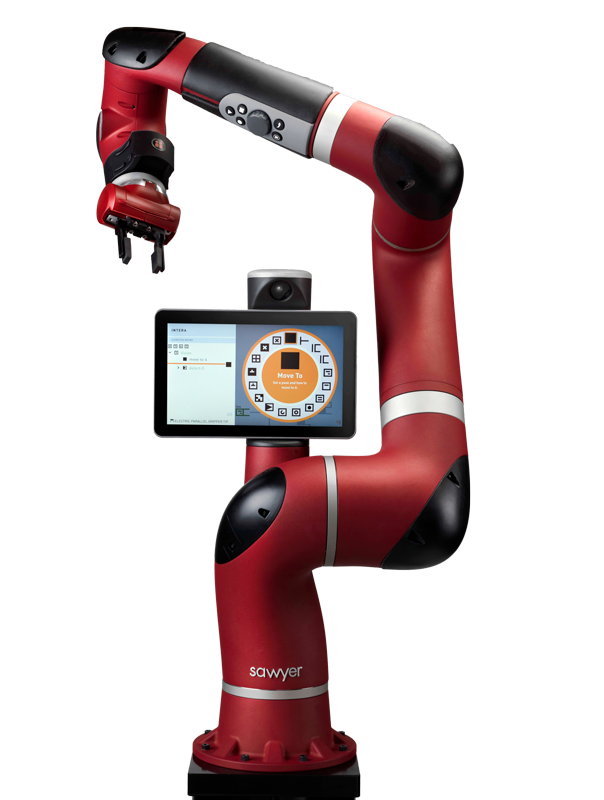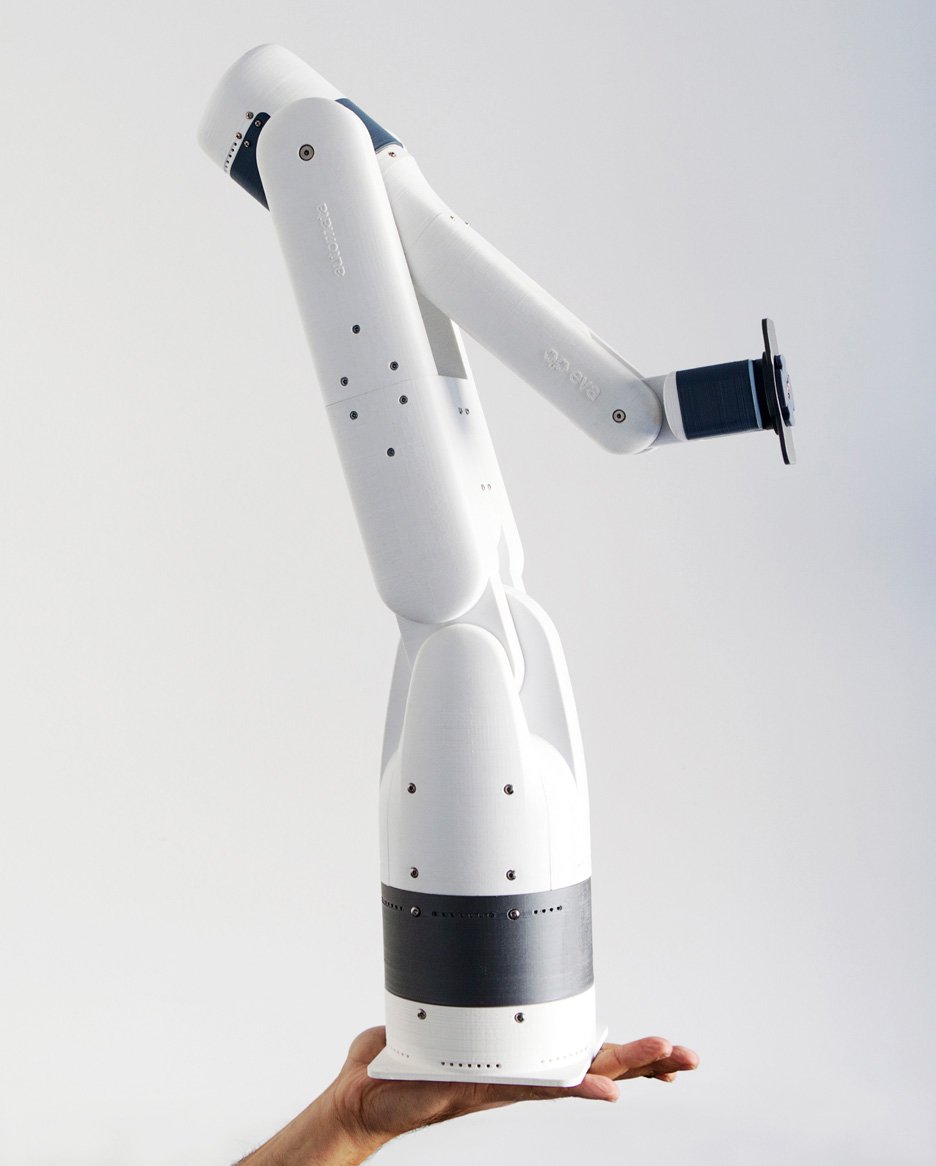Version 3 (2017-10-05) A Work in Progress
My understanding of David Pye (1914-1993) and his attitude to work and design, is that a project isn’t worth doing if there isn’t risk. Design can only result in failure. Even a “good” design will only make us less unhappy. David was not an optimist.
So it is with the Unit One workshop. The building may have been designed as a garage, but for more than twenty years it (garden shed excepted) was used for dead storage. A great deal of effort was put in to transform this storeroom into a functioning workshop. There is more window space, bringing in more light. The walls are insulated, allowing it to be warmer. The walls and ceiling are covered in OSB, keeping the building cleaner. The walls are painted white, brightening the space. Yet, it remains an imperfect structure. Walls are only about two meters high, not even the standard 2.4 meters, or a preferred 3 meters. There are issues with the floor that need to be addressed. Yes, there are lots of other issues. Despite these failures, I am less unhappy with the workshop than I have ever been before with any working space.
There are still a few things that need to be completed before the workshop will be ready for use. Building out dust extraction; supplying compressed air; implementing a command and control system, and a system for health, environment and safety. Yet, the defining moment that will transform a garage storeroom into a workshop is when that space provides a functioning workbench. Functionality is added when it is equipped with at least one vice physically capable of holding a workpiece. When that first piece is attached, the workshop as a system of systems becomes operationalized.
I have been avoiding acquiring a workbench too early, so that other systems could be in place first. As soon as the workbench is in place, the workshop will no longer be in a construction phase, it will be in an operational phase. Construction activities will then no longer be related to building a workshop, but to improving it.
With my background in computer science and operations management, I am more interested in making the workshop, than I am in having the workshop make anything. That is one reason why I don’t mind other people working in the workshop, and would encourage it.
Example: Dust Extraction vs Air Quality Control
One of the upcoming challenges is air quality control. Almost anyone can take a shop vacuum and attach its hose to a planer. That is dust extraction. An air quality control system functions at a completely different level. First, dust extraction has to be provided to every machine. Since the vacuum unit will not have enough power to provide a vacuum simultaneously to all of the machines, there has to be a system to select the one (and it probably will be just one) to be used at any given moment. In practice, this means that there will be a vast network of piping (arcs) that end up at attachment points with blast gates (nodes). These blast gates allow/ prevent that particular node/attachment point to suck up dust. At Unit One, the blast gates will be controlled by micro-processors communicating through a dedicated workshop WIFI network.
Even with a large network of nodes, this will not be enough to ensure a clean working environment. There has to be a workshop air filtration system that circulates the air through filters, removing any remaining dust particles.
At some point chemicals may be used that result in unhealthy organic and non-organic substances entering the workshop. There may be methods to extract these from the air using more filters, but in an imperfect world it may be necessary for workers (and everyone else in the workshop)to use masks with filters to achieve desired results.
Unit One as Micro-factory
The Unit One workshop is designed as a factory prototype, or a micro-factory. Why? Because I want people to achieve a balance between “making” and “thinking about making”. The time a person spends making, limits her from thinking about making, and improving not only the product, but also production process. At some point, it would probably be better for people to devote most of their energies to thinking about making, and let someone like Sawyer do the making.

Sawyer, and many of his friends, have attitudes that complement those of living people. Sawyer doesn’t mind working 160 hours a week. He is content with 8 hours off, for maintenance. That means he can work 8000 hours a year. Sawyer can do the most boring and repetitive jobs, and he does them without complaint. Of course, It costs money to have Sawyer work. At a price of USD 25 000 (NOK 200 000) (for the base model) he is going to cost NOK 5 an hour, for each of the 40 000 hours he will be able to work in his lifetime. After five years, he is going to end up on the scrapheap – or in the Unit One museum.
If one can’t afford Sawyer, then Eva may be just the assistant one needs. She costs USD 3 000 (NOK 24 000) and will be able to work for less than NOK 1 an hour. Eva’s work capabilities are considerably less than Sawyer’s, which explains the price difference.

In short, the workshop is a space for prototype and process development. Afterwards, as risk is eliminated, work is left more and more to Sawyer and friends.
News Flash! CFO (Chief Financial Officer) Precious Dollar has just informed me that I have no budget to hire Sawyer. In fact, there may be no budget to pay Billi or anybody else. I may be working alone, and not getting paid.
Motto & Mission Statements
Motto: Do it Ourselves.
Mission Statement (Articulate, measured version): Providing space, tools and machines to transform individual and collective visions into practical products that make the world a better place.
Mission Statement (Mash up vision): Mashing dreams, ideas, designs (half baked or even burnt from excessive cooking), large quantities of skills at different levels of mastery, and even a little brute strength, with a bunch of raw materials of different qualities and quantities, machines and other tools, resulting in products that slowly, even begrudgingly, emerge for the benefit of individuals and the community.
Taking Machine Alley as an example, how does Unit One go from idea (some would say dream, or even illusion) to physical reality, in its selection of machines? The mission statement provokes more questions than it answers. Which machines and tools are going to be used? Which materials? Which processes?
Research: To begin with, we had some informal ideas of what was needed. We knew that some people of the community were wanting to work with traditional products, and decided that wood would be a good place to start. So we read up on the tools that a woodworking shop needed. We came up with a list that included a lot of hand tools, some hand electric tools, and some stationary machines.
Analyse: Once the list of stationary machines was complete, they were analysed. Would they physically fit into the area available? Were they durable? Were they suitable for amateurs to use?
Decide: At this stage, a short list emerges of the most appropriate products. These are then ranked according to perceived suitability.
Source: Once the product has been decided upon, it is necessary to find a suitable vendor. Here one wants to check the reliability of the company, and its ability to handle deviant situations, such as parcels going astray. (Deviant, here, is used as a strictly professional, mathematical concept.)
Order: At this stage a product, a price, a vendor, and a shipping method are selected, and an agreement is made to acquire a specific product.
Purchase: This involves the agreement to transfer of funds to the vendor, including the conditions that have to be met before payment is made.
Receive: This involves the arrival of the product at Unit One.
Pay: For some, this is the hardest part of the whole process, and represents the time when money is removed from one’s own bank account and transferred to someone else’s.
Install: Prepare a machine so that it can be used for production processes.
Test: Investigate performance parameters of a machine, and measure how close these come to achieving these goals. If necessary, measures may have to be put in place to compensate for any deviation from expected results.
Commission: Once the testing phase is complete, a machine is commissioned. Its operational status becomes “active”, which involves two operational situations. It is either “on duty”, allowing it to be operated, or it is “off duty” allowing it to be maintained or repaired.
Maintain: This involves periodic, preventative care for a machine; a “wellness” program for the mechanical components of a workshop.
Repair: This is an unplanned situation, where a machine is unable to operate, and has to have parts and/or labour applied so that it will be able to operate again.
Operate: The day by day running of a machine.
At some point, new technological developments or, more likely, the inability to source spares, will make further use of a machine untenable. The machine will then have reached its end of life.
Decommission: A formal decision to remove a machine from active duty. In some cases a machine may be sold, or given an alternative use. In other cases, it will be dismantled
Dismantle: Separating a machine into components, some of which may be recycled.
Dispose: The physical removal of a machine from the workshop.
Note: This post is a work in progress. It will be periodically revised and given a new version number.

